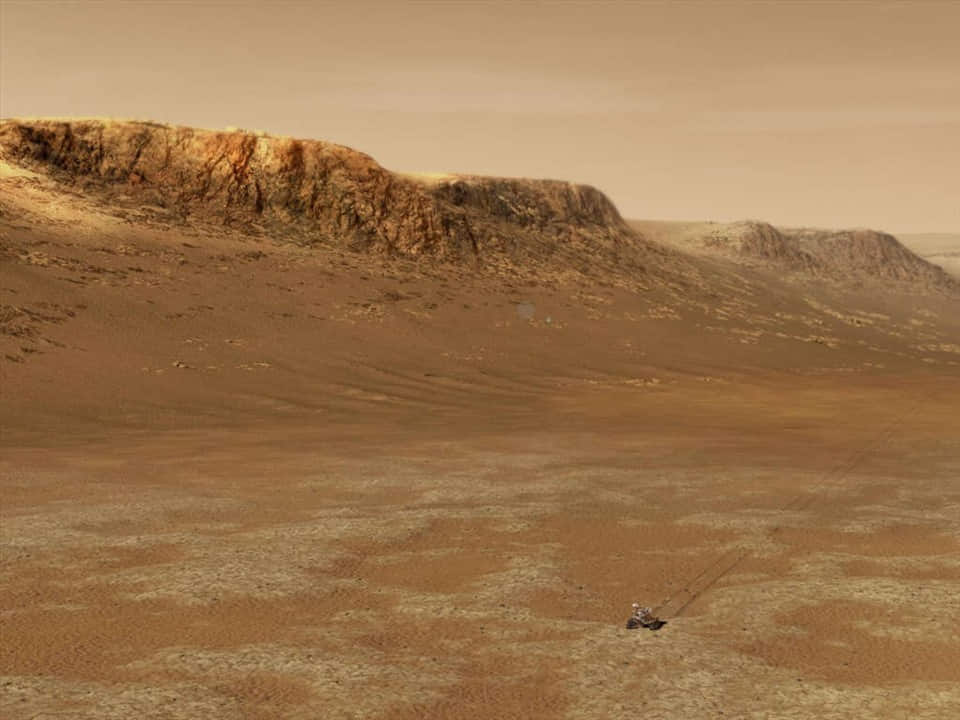A famous alien object could disrupt current planet formation theories, rewriting Earth’s early history.
According to an article published June 16 in the journal Science, the theory is that rocky planets like Earth and Mars collect volatile elements such as hydrogen, carbon, oxygen, nitrogen and rare gases. they form can be overthrown.
Professor Sujoy Mukhopadyay and Dr. Sandrine Péron from the Department of Earth and Planetary Sciences at the University of California at Davis (UC Davis – USA) said the previous basic assumption about planet formation was that the first planets collect these volatiles from the young solar nebula.

This theory applies to other star systems as well. Young planets are often balls of molten rock, allowing volatiles to easily dissolve into magma oceans, which then build atmospheres through degassing. The volatile treasure trove was further replenished by subsequent chondritic meteorites that struck the planet.
According to PHYS, because of this, scientists expect the volatile elements on Earth and Mars to reflect the composition of the solar nebula, especially by the isotope ratio of noble gases, especially krypton. . Mars is of special interest because it formed quickly, solidifying within just 4 million years after the birth of the solar system, while Earth took 50-100 million years.

But the Chassigny meteorite from Mars that fell in northeastern France in 1815 changed everything. Using modern krypton isotope measurements, scientists from the Noble Gas Laboratory at UC Davis helped deduce the origin of the elements in the rock.
And surprisingly, the krypton isotopes correspond to isotopes from chondritic meteorites, not the solar nebula. The meteorite shows that the interior of Mars is entirely composed of krypton from chondritic meteorites, while the Martian atmosphere contains elements originating from the solar nebula.

This also shows that the Martian atmosphere could not have formed entirely by escaping gases from the mantle as we thought. And this discovery also shows that Mars completed the basic steps of development before the solar nebula was destroyed by radiation from the Sun. This also requires the planet to be cold soon after accretion.
With surprising similarities between Mars and Earth, this also leads to the question that the formation of the Earth is not as we imagine: Early Earth history needs to be studied further and rewritten. .





